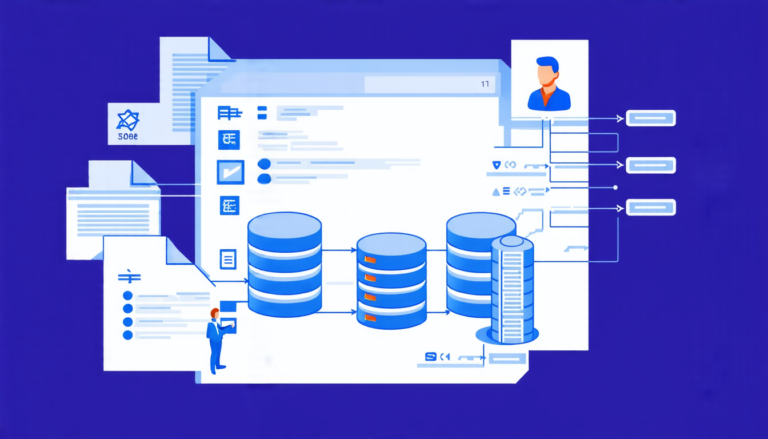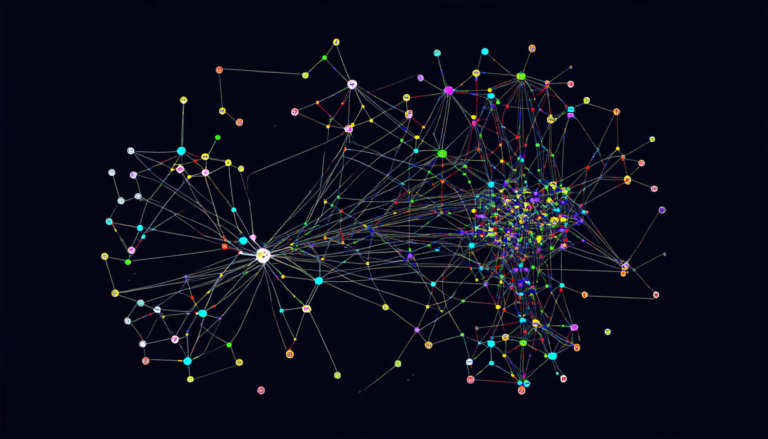Thursday 07 August 2025
A trio of artificial intelligence-powered language models has been put to the test in a bid to improve their ability to generate accurate and relevant responses to complex questions in the field of telecommunications.
The three models, known as Vector RAG, Graph RAG, and Hybrid Graph RAG, were designed to tackle the challenge of generating informative and context-specific answers to queries related to open radio access networks (ORAN). ORAN is a rapidly evolving technology that enables multiple wireless providers to share network infrastructure and resources, allowing for greater flexibility and efficiency in mobile communication.
The models were evaluated using a benchmark dataset of over 13,000 questions, ranging from easy to hard in terms of complexity. The results showed that Graph RAG and Hybrid Graph RAG outperformed Vector RAG in most categories, with the hybrid model demonstrating a significant advantage when it came to generating accurate and relevant responses.
Graph RAG’s strength lies in its ability to structure information into hierarchical knowledge graphs, allowing it to retrieve and generate context-specific answers more effectively. This is particularly useful in the field of telecommunications, where understanding complex relationships between different network components and protocols is crucial.
Hybrid Graph RAG, on the other hand, combines the strengths of both vector-based and graph-based retrieval methods, allowing it to adapt to different question types and complexity levels with greater ease. This flexibility was a key factor in its success in the evaluation.
The study’s findings have important implications for the development of artificial intelligence-powered language models in the field of telecommunications. As ORAN technology continues to evolve, being able to generate accurate and relevant responses to complex questions will become increasingly important. The results suggest that Graph RAG and Hybrid Graph RAG may be particularly well-suited for applications where understanding complex relationships between different network components is critical.
The researchers’ work also highlights the need for continued innovation in the field of natural language processing, as the demands placed on language models are becoming increasingly sophisticated. As ORAN technology continues to evolve, it is likely that new and more advanced language models will be developed to support its growth.
Ultimately, the study’s findings demonstrate the potential for artificial intelligence-powered language models to improve our understanding and interaction with complex technologies like ORAN. By developing more effective and efficient language models, researchers can help unlock the full potential of these technologies, leading to greater innovation and progress in the field of telecommunications.
Cite this article: “AI-Powered Language Models Evaluated for Telecommunications Applications”, The Science Archive, 2025.
Artificial Intelligence, Language Models, Telecommunications, Open Radio Access Networks, Oran, Natural Language Processing, Knowledge Graphs, Hierarchical Structures, Complex Questions, Question Answering







